Acoustic guitar vs classical guitar: what’s the difference?
Which does it for you – the cool touch of steel or the smooth feel of nylon? We take a look at the key differences between steel-strung acoustic guitars and classical guitars
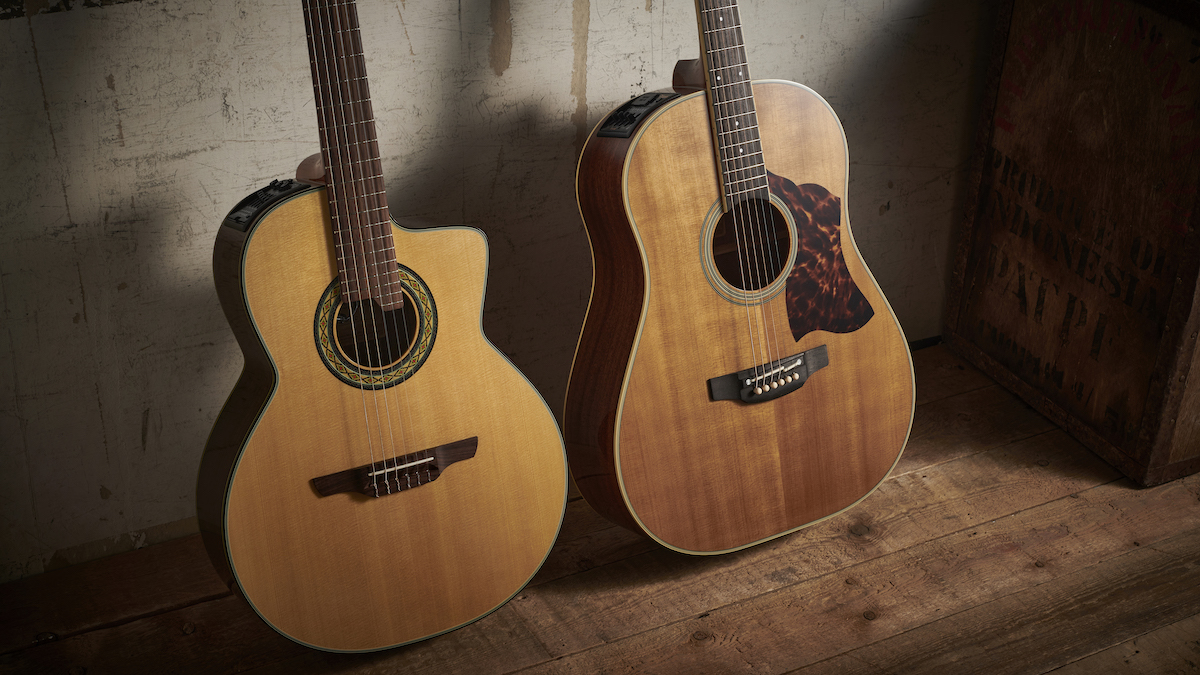
Acoustic guitar vs classical? It used to be a no-brainer. Classical guitars were for beginners and nerdy classical types while steel-strung acoustic guitars were rocked-out by the cool kids. Seriously, can you picture any guitar hero from the end of the last century with a classical guitar? Nah, of course not.
Yet, you’d be wrong. Slash bought a José Ramirez classical for the Use your Illusion album, Eddie Van Halen famously played a nylon-strung Ovation and Eric Clapton recorded Tears in Heaven with a Juan Alvarez. We could go on…
Sure, for a handful of very good reasons, the steel-strung acoustic remains the de facto guitar for rock, blues, folk and country. However, the classical guitar now shares more of the limelight due to the increasing popularity of Latin and Latin-inspired pop, contemporary jazz and the appetite of modern-day producers for blending new and interesting sounds.
Classical music is no longer for nerds either. Scoring for film and gaming is now a huge business, in which there’ll always be a place for both nylon and steel-strung guitars.
Trends aside, both styles are simply magnificent to play and hear. Trust us, no other instrument comes alive in your hands in quite the same way as an acoustic guitar, nylon or steel. It makes for a deep, personal connection that’s impossible to explain unless you experience it for yourself.
Acoustic guitar vs classical: Tone & volume
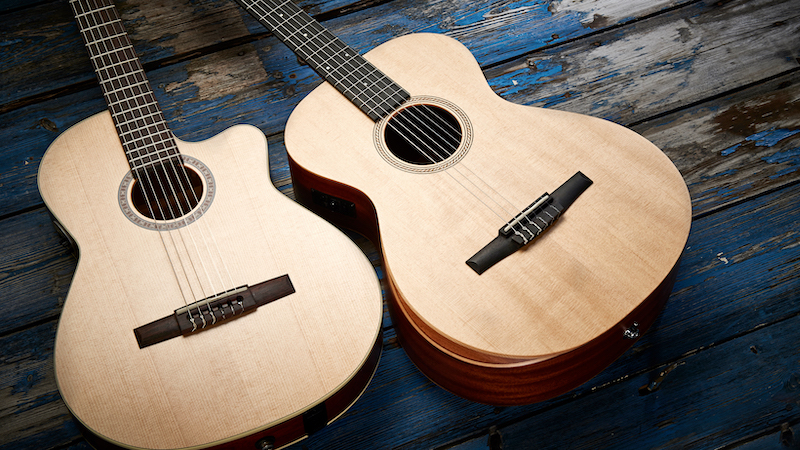
Despite sharing a broadly similar appearance, steel-strung acoustic guitars and classical guitars sound very different. Yep, you probably already knew that, but what’s at work here?
Classical guitars have softer, wider strings that are tuned to much lower tension than their hard, steely counterparts. This imbues a tone that’s more mellow with less attack. In contrast, steel string guitars are brighter with a fast attack but that’s not to say that classical guitars can’t be bright or that steel string guitars can’t sound warm and rich. It’s just a matter of degrees.
Get The Pick Newsletter
All the latest guitar news, interviews, lessons, reviews, deals and more, direct to your inbox!
Steel string guitars tend to be louder, in part because of string material and tension, but also because their body-shape is usually larger and deeper. Dreadnoughts and jumbos, for example, were developed in the early 1900s to rival instruments competing for volume in the acoustic dance bands of the time. Compared with a classical, or a parlor-style steel string for that matter, they move a lot of air.
Classical guitars are also traditionally plucked with fingers and thumb rather than a hard guitar pick, which influences both volume and tone. On either style of guitar, playing with flesh and nail provides a surprisingly wide variety of tones to call on. The effect can be subtle but playing without a pick is genuinely a skill worth persevering with.
A guitar’s build has a dramatic effect on its tone, loudness and projection too. Let’s find out more.
Acoustic guitar vs classical: Build
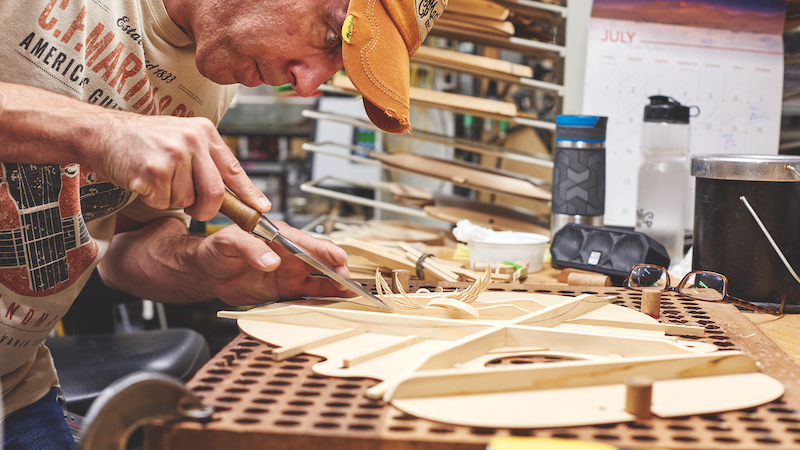
All acoustic guitars can trace their heritage back to lute-like instruments developed on the Iberian Peninsula in the Middle Ages. How we ended up with two distinct types – the steel string and the classical – is a fascinating tale that weaves through southern Spain, up through Germany and Austria before reaching the US eastern seaboard.
As Spanish luthiers, like Antonio de Torres Jurado, were getting closer to what we now think of as a classical guitar, a lightly built instrument with extremely resonant fan-bracing, Viennese builders were adding all sorts of violin-inspired embellishments, including a rudimentary truss rod.
In 1833, visionary German luthier Christian Frederick Martin Sr immigrated to New England where he started re-incorporating Spanish design elements into his Viennese-style guitars. He struggled with fan bracing in these new hybrids, so instead invented X-bracing, now a Martin hallmark.
Fast forward to the early 1900s and the US was swept with a craze for loud Hawaiian music and the popularity of jazz ensembles, which necessitated a switch to another Martin innovation, the use of steel strings. The modern steel-strung acoustic guitar was born and was soon to be joined by the aforementioned Dreadnought.
To recap, classical nylon-strung guitars are lightly built and have a purity of line, direct descendants of the Torres vision. Often, they’ll feature delicate fan bracing, their lowly tensioned strings don’t require a truss-rod and are tied to the bridge with a knot. Headstocks are simple, with rollers and classical machine heads.
The modern steel string acoustic has come a more circuitous route, from the violin workshops of Vienna, immigrant craftsmen hoping for a new future on the Eastern Seaboard and the Hawaiian dance and jazz clubs of the early 1900s. Steel strings are held under much higher tension, so a truss rod is required to stop the guitar from quite literally folding in on itself, the build has to be heavier and the bracing, often a variation of X bracing, more robust. Strings are secured with ball-ends, pins and metal peg tuners.
Martin may have pioneered the modern acoustic guitar, but there have been many incredible contributions from other brands along the way including Gibson, Taylor, Yamaha and scores of others.
Many argue that the most favorable classical guitars are still built in Spain, yet Yamaha makes some fine instruments and the Californian brand, and relative newcomer, Cordoba has inspired many new players to pick up a nylon string acoustic for the first time.
Acoustic guitar vs classical: Size matters
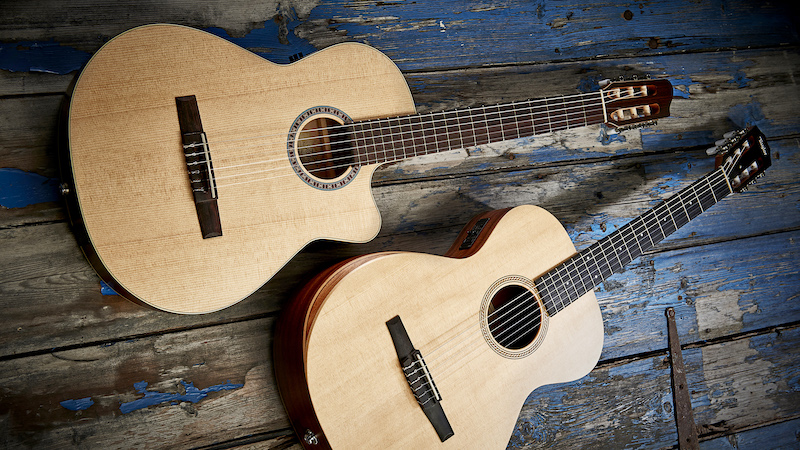
Both steel-strung acoustic guitars and classical guitars are made in a variety of sizes. The classical sizing system is the easiest to understand, so let’s kick off with that.
A regular size classical guitar is ‘full size’, aka Concert, aka 4/4. This is the size that the vast majority of players play, and its dimensions don’t differ that much from one luthier or brand to the next. Typically, the scale length is 25.6”, the body length is 19.25”, the body depth is around 3.8” and the nut width is a whopping 2”.
Classical guitars are also made in ¾ size, ½ size and so on, mostly for the children’s market but also to suit smaller players.
Sizing steel-strung guitars is much more confusing because there is no standard or even an agreed naming convention. Different brands produce different sizes and call them different things, it’s just the way it is. Fortunately, a few sizes are popular enough to help us through this muddle.
Parlor guitars are so called because, back in the day, they were small and restrained enough to entertain a small gathering in a modest parlor. Buy a good one and the emphasized mid-range will make it a treat to play blues, slide and old-time jazz styles. They’re capable of poking out more volume than you’d expect, and that mid-range punch is great for cutting through your bandmates or a mix. Martin names its parlor line the 0 series, while most other brands just call them ‘parlor’ or ‘parlour’.
000, OM and Grand Auditorium. These mid-sized guitars are the go-to for fingerpickers, though they’re damn fine for strumming some cowboy chords too, if that’s your thing. The tone is sweetly balanced, and projection is excellent. There’s almost nothing these guitars can’t do. To be frank, they’re probably a better fit for most players than dreads and jumbos.
The Dreadnought. Martin introduced the big, square-shouldered Dreadnought back in 1916 as a guitar with enough volume to hold its own in a live band setting. It’s the ultimate strumming machine. Some people successfully use them for fingerstyle, but that large body produces a lot of bass, so the sound isn’t as sweet and balanced as smaller alternatives.
Gibson introduced the Jumbo in the 1930s to rival Martin’s popular range of thunderous Dreadnoughts. Curvy, with a pinched waist, it’s a much prettier guitar than the brutish Martin and its numerous modern copies. Most are constructed of maple too, which gives them more sparkle in the highs and helps to lift the bottom end.
Acoustic guitar vs classical: Tonewoods
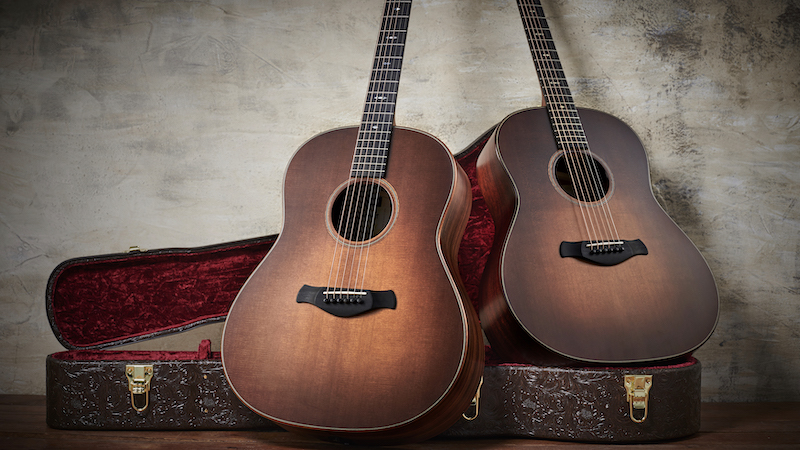
Steel-strung acoustic guitars are increasingly made from a wide range of exotic-sounding woods such as Koa and Ironbark, but two combinations are timeless classics. They are rosewood back and sides with a spruce top, or mahogany back and sides with a mahogany top.
Pairing spruce with rosewood is a match made in heaven, which is why this combination is so ubiquitous. It’s the absolute epitome of balanced tone, a strong performer across the entire frequency range. A nice piece of spruce is a sight to behold, but rosewood is in a different league, it’s simply stunning.
Mahogany produces powerful mids, with precise highs and a taut, well-controlled bottom end. If you love the blues, you’ll yearn for a good piece of ‘hog and may even forgive its slightly dowdy appearance.
Maple is an alternative that’s valued for its tight, bright, focussed tone so it’s sometimes used for backs and sides. It’s useful for balancing a guitar with a pronounced low end, such as a Jumbo.
Classical guitars are invariably built with rosewood backs and sides because, as previously mentioned, this tonewood nails the archetypal guitar tone so beautifully. Tops are usually spruce, but cedar is sometimes used to provide a warmer, richer tone.
At the cheaper end of the market for both types of guitar you’ll find laminate used instead of solid wood. Essentially, laminate is thin layers of bonded wood, a little like ply. It won’t have the tonal complexity of solid wood because it doesn’t resonate so freely or naturally, but laminate built guitars can still sound excellent.
Acoustic guitar vs classical: Crossover guitars
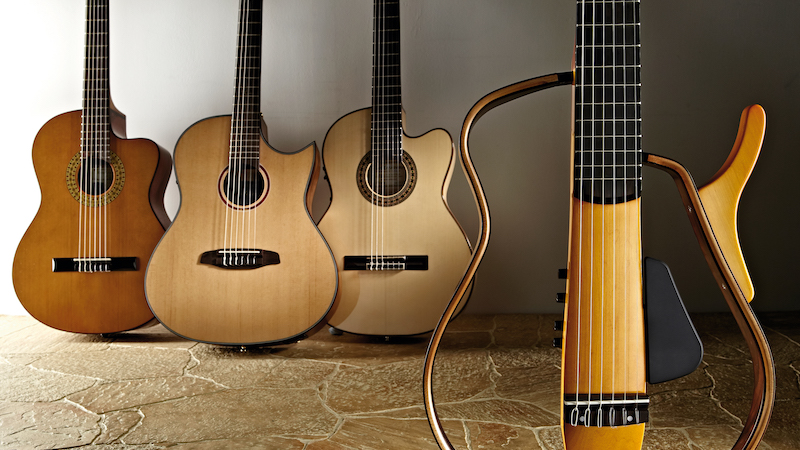
If you play steel-string acoustics or electrics but fancy dabbling in the world of nylon you may be a bit fearful of the classical guitar neck. It’s a beast.
A Strat neck will measure about 1.7” (43mm) at the nut but that classical guitar you fancy will probably measure a humongous 2” (50.8mm), and the fretboard will be flatter than the Maldives. There’s a good reason for this, all those fat nylon strings need enough space to ring freely, and your fingers need enough room to fret them. Still, it does seem a bit excessive doesn’t it?
Enter the cross-over guitar, nylon-strung beauties with appointments more suited to steel-string players. These hybrids typically have thinner faster necks, lower actions, cutaways and built-in electronics, just like a road-ready steel string acoustic. Yamaha’s NTX and NCX line are perhaps the best well known but plenty of others exist, such as Cordoba’s C10.
Electronics – mics, pickups, preamps and so on – are very rarely found in classical guitars, so a crossover makes a lot of sense for the touring musician playing sets that are not overtly traditional. Set or repertoire? Gig or recital? Classical or crossover? You already know the answers…
Acoustic guitar vs classical: Flamenco guitars
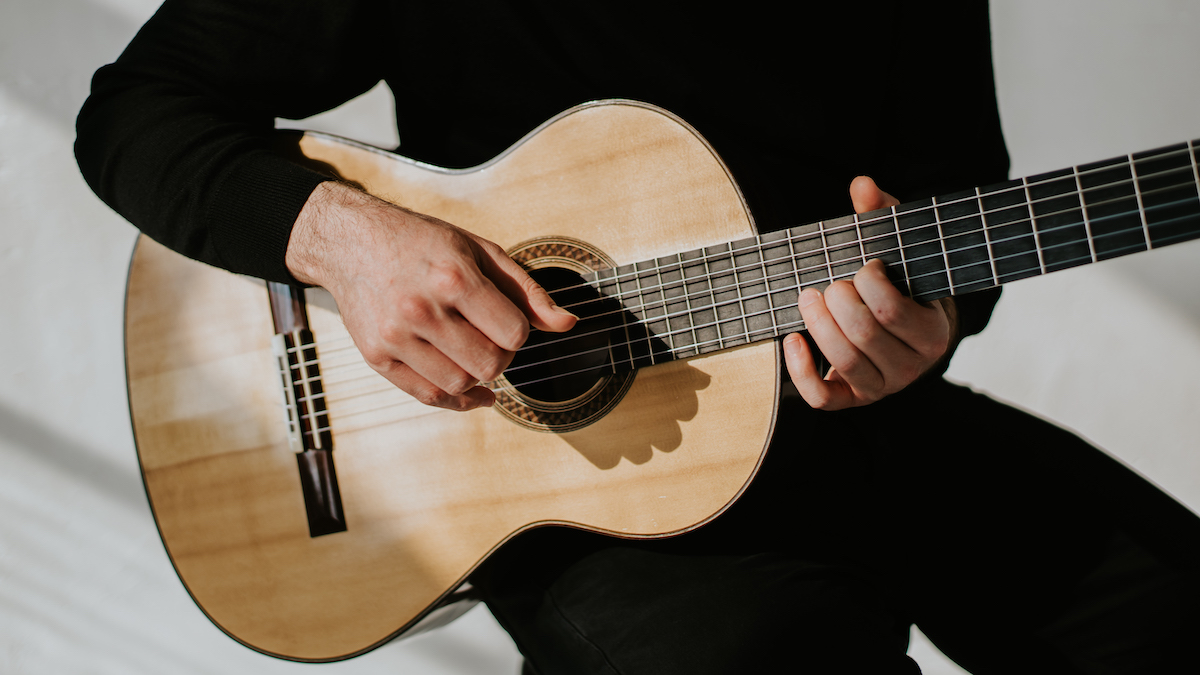
Picture the scene. A sultry night spent wandering Sacromonte, the sound of Flamenco guitar and the frenzied tapping of dancers’ feet spilling from every other doorway. Makes you want to take up classical guitar doesn’t it?
Well, you’ll be studying the wrong instrument. Flamenco guitars look much like classical guitars but they’re subtly different. The gitano artform of Flamenco is more percussive than it is melodic, so guitars are built to give a bright sound with a sharp attack, and little sustain. Very different to the voicing of a mellow classical guitar.
Action tends to be low to facilitate lightning quick runs, often at the expense of fret buzz, and a large transparent pickguard protects the top from repeated, percussive strikes.
Tonewoods are different too. To foster that characteristically bright sound cypress is often used for backs and sides.
Acoustic guitar vs classical: How much should you spend?
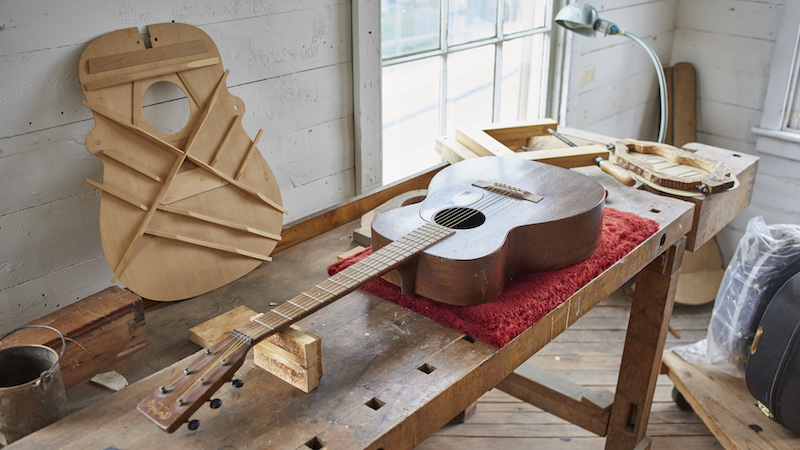
The simple answer is, as much as you can afford. Acoustic guitars and classical guitars can be picked up for next to nothing, but the truth is that these bargain basement models will probably have such high actions and poor intonation that they’re painful to both play and listen to.
If you can stretch to it, try to invest at least $250/£250 in a steel or nylon strung acoustic guitar. If that’s too much, stick with the big brands such as Yamaha, Fender, Ibanez and Epiphone and you can’t go too far wrong.
If you really fancy treating yourself, you’ve picked the right hobby. Steel-strung acoustic guitars can easily cost $8,000/£8,000 with concert grade classical guitars often twice that or more.
Somewhere between $250 and $25,000 is an acoustic guitar with your name on it – you just need to find it. Trust us, it’ll be the best purchase decision you ever make!
When Simon's childhood classical guitar teacher boasted he 'enjoyed a challenge', the poor man had no idea how much he'd underestimated the scale of the task ahead. Despite Simon's lack of talent, the experience did spark a lifelong passion for music. His classical guitar was discarded for an electric, then a room full of electrics before Simon discovered the joys of keys. Against all odds, Simon somehow managed to blag a career as a fashion journalist, but he's now more suitably employed writing for Guitar World and MusicRadar. When not writing or playing, he can be found terrifying himself on his mountain bike.
“While the odd corner has clearly been cut, these are true Gibsons with all the individuality that this brand exhibits”: Gibson J-45 Special and Hummingbird Special review
“Fender has stripped back the price – but has it gone too far paring back the sounds, too?” Fender Standard Acoustasonic Telecaster review











